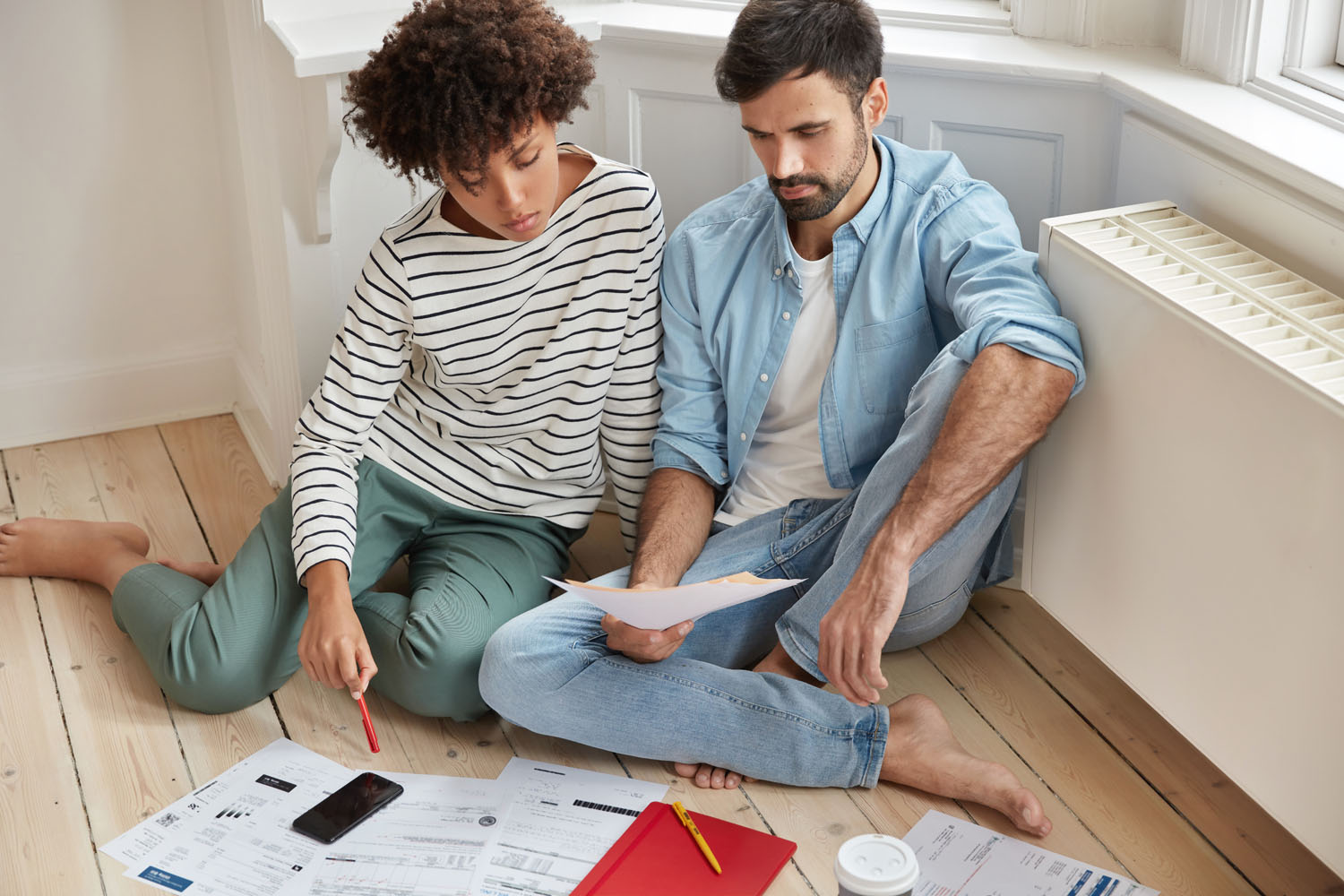As more Victorians switch to electric vehicles (EVs), installing a home EV charger has become a priority for many. Having the ability to charge your vehicle at home is convenient and ensures you’re always ready to hit the road with a fully charged battery. In this step-by-step guide, we’ll walk you through the installation process for a home EV charger, focusing on Level 2 chargers, which are the most common for residential use.
2.1 Step 1: Evaluate Your Home’s Electrical Capacity
Before installing an EV charger, it’s essential to evaluate whether your home’s electrical system can handle the added load. Level 2 chargers require a 240V outlet, which means you’ll need sufficient electrical capacity to support the charger without overloading your system.
- Check your circuit breaker panel: You’ll need to ensure your electrical panel has enough capacity (usually 50 amps) for the charger.
- Consider future-proofing: If you plan on upgrading to a larger EV or adding solar panels and battery storage in the future, consider installing a larger electrical service to accommodate additional energy needs.
2.2 Step 2: Choose the Right Location
Selecting the right spot for your EV charger is crucial for convenience and safety. Most homeowners choose to install their charger in their garage or driveway, where their vehicle will be parked for long periods.
- Distance to the EV: Ensure the charger is installed close enough to your parking spot so that the charging cable easily reaches your vehicle.
- Safety considerations: The installation site should be dry, well-ventilated, and protected from the elements. If installing the charger outside, you may need a weatherproof enclosure.
2.3 Step 3: Hire a Licensed Electrician
Installing a Level 2 charger requires working with high-voltage electricity, so it’s essential to hire a licensed electrician for the job. Your electrician will:
- Install a dedicated circuit: The charger will need a dedicated 240V circuit to ensure safe and efficient operation.
- Upgrade your electrical panel (if necessary): If your current electrical panel doesn’t have enough capacity, the electrician may need to upgrade it or install a sub-panel.
- Install the EV charger: The electrician will securely mount the charger and connect it to your electrical system according to manufacturer guidelines.
2.4 Step 4: Apply for Government Rebates (Optional)
Victorian homeowners may be eligible for government rebates that can help offset the cost of EV charger installation. Under programs like the Solar Homes Program, you may qualify for rebates if you install solar panels or battery storage along with your EV charger.
- Tip: Check with your electrician or installer to see if any rebates or incentives are available at the time of installation.
2.5 Step 5: Test the Charger
Once the charger is installed, your electrician will test the system to ensure it’s working correctly. This includes checking the connection between the charger and your EV, ensuring that the charger is drawing the correct amount of power, and verifying that the installation meets safety standards.
- First charge: After installation, plug in your EV and monitor the first charging session to ensure everything is working as expected.
2.6 Step 6: Register Your EV Charger
In some areas, you may be required to register your EV charger with your local energy provider, especially if you’re eligible for time-of-use electricity rates or government rebates. This registration helps the provider monitor energy usage and manage grid stability.
Conclusion
Installing a home EV charger is a straightforward process when working with a licensed electrician. By following these steps, you can ensure a safe, efficient, and convenient setup that provides fast charging for your EV. Whether you’re installing a Level 2 charger for daily use or future-proofing your home for expanded EV use, a well-planned installation will enhance your EV ownership experience.







